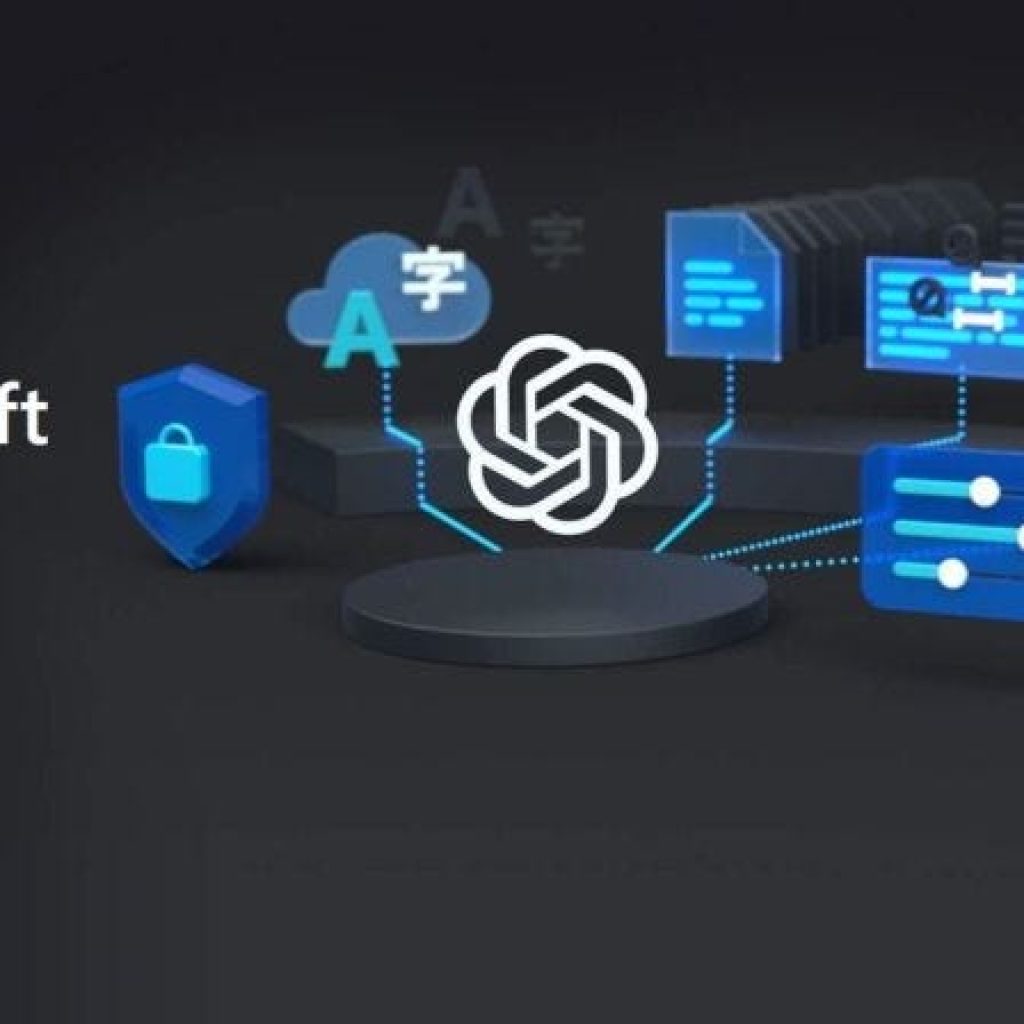Deutsche Bank, Germany’s largest bank, is delving into the world of artificial intelligence (AI) to enhance its surveillance capabilities. The bank is exploring the use of Google Cloud’s machine learning tools to detect potential signs of misconduct by analyzing the tone of traders’ phone conversations. This move comes as financial institutions worldwide seek more effective monitoring systems amid heightened scrutiny and government crackdowns on impropriety, resulting in significant fines. Deutsche Bank’s AI-driven surveillance aims to go beyond analyzing words and detect changes in tone or hints of cynicism, ultimately improving oversight and governance.
AI surveillance for enhanced oversight
Deutsche Bank is embarking on a broader AI initiative, with the surveillance of trader conversations being just one facet of their exploration. The bank’s current surveillance tools primarily analyze the content of conversations, but they do not decipher changes in tone or subtle cues that may indicate misconduct. The new AI system being developed aims to differentiate between innocent statements like “keep it between us” during discussions of a surprise party and more sinister intentions. This ability to understand tonality is expected to provide a higher level of oversight and potentially revolutionize governance within the institution.
AI training and compliance
To train the AI system effectively, Deutsche Bank is utilizing recordings of existing trader calls to familiarize it with the language used and conversational norms. The AI software will then direct analysts to areas of interest, but humans will make the final judgments on how to proceed. The bank is keen to ensure that the surveillance system complies with regulations, avoids privacy issues, and minimizes false positives. According to Bernd Leukert, Chief Technology, Data, and Innovation Officer at Deutsche Bank, maintaining fairness, non-discrimination, factual correctness, and explainability in AI algorithms is crucial.
AI’s growing role in banking
Deutsche Bank’s commitment to AI is part of a broader push into technology and innovation. The bank has approximately 16,000 employees dedicated to tech, data, and innovation, with around half of them being engineers working on code. The institution is also actively recruiting AI-related talent, ranking among the top five banks for AI recruitment. However, using AI to detect misconduct is not without challenges and risks, as some experts caution. There’s a concern that AI may focus on superficial indicators, such as laughter or unusually profitable trades, while potentially overlooking more significant issues. Additionally, there’s a risk of traders disputing evidence against them, claiming that it was flawed due to software errors.
AI’s expanding influence across the industry
Deutsche Bank is not alone in its AI endeavors. Other financial institutions are also tapping into AI to enhance surveillance and gain deeper insights into traders’ communications. Google Cloud technology is being used to convert unstructured data, like text messages and call transcripts, into more searchable forms. Societe Generale employs AI to analyze communications across multiple channels, covering a wide array of languages and countries. AI systems, in this context, are viewed as potential lie detectors that help identify suspicious behavior, although they may not provide definitive proof.
Deutsche Bank’s foray into using AI to detect misconduct in trader conversations represents a significant step towards bolstering surveillance and oversight in the financial industry. As AI technologies continue to evolve, they offer the potential to enhance compliance and governance while also raising questions about their accuracy and potential biases. The adoption of AI-driven surveillance is part of a broader trend across the banking sector, indicating the growing importance of artificial intelligence in ensuring regulatory compliance and preventing misconduct. However, the industry must grapple with the challenges and risks associated with deploying AI in sensitive areas like monitoring and surveillance.





